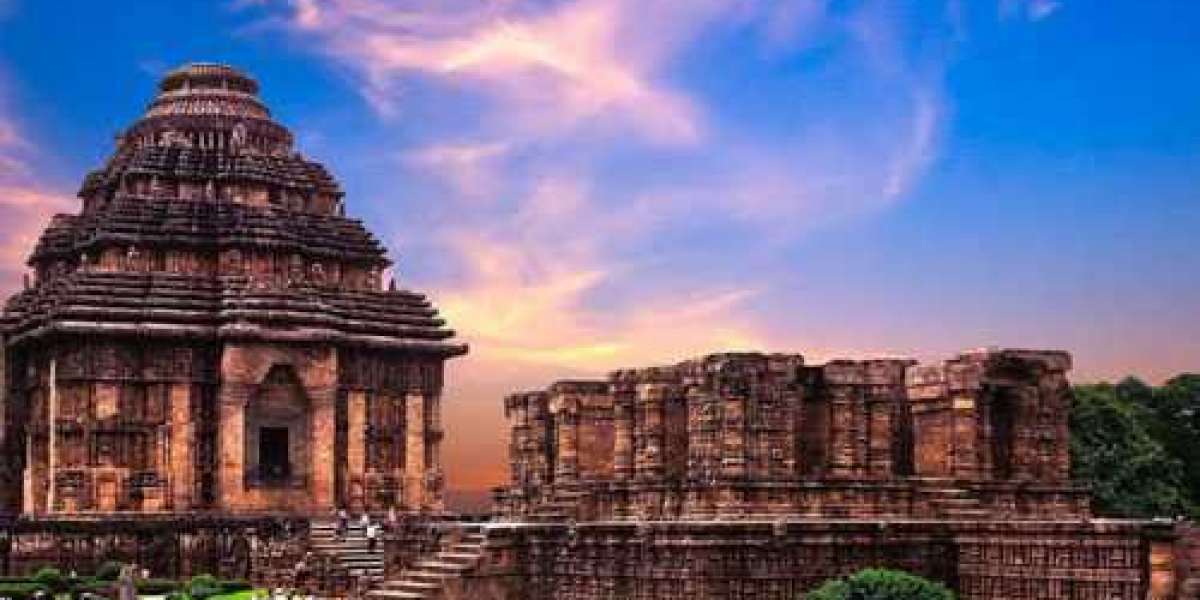Shaped like a gaint chariot, the temple is known for the exquisite carvings that cover the entire structure. the Konark Sun Temple is dedicated to the Hindu Sun God Surya and is the most famous of the few sun temples built in India. It is located about 35km northeast of the city of Puri on the coastline in the state of Odisha. The Eastern Ganga Dynasty king Narsimhadeva I initiated the construction in c.1250 CE but there are legends that the temple never met its climax.
In Hindu mythology, Sun God Surya is portrayed riding a chariot of seven horses. It is from here that the idea of the temple being constructed in the form of a chariot is taken. The temple follows the Kalinga or Odisha style of architecture which is a subset of the Nagara style of Hindu temple architecture. The Odisha style is believed to showcase the nagara style in all its purity. Nagara style has three major elements i.e., mandapa, garbhagriha and shikara (tower). Although shikara of this temple is lost today, only the jaganmohana and the pillared bhoga mandapa (refectory hall) also known as the nata mandapa (dancing ahll) owing to the numerous sculptures of dancers and musicians on it walls and pillars, in front, remain.
Historians differ in their stories about what actually happend to the magnificent temple that was so close to its completion. Most accepted theory that remains is that the architect of the temple was really passionate about his art. He believed in the sanctity of his work and considered Konark as the peak of his architectural skills. But failing to finish the temple, the architect was disappointed in himself. Then came the news of the Chalukyan attack on Kalinga and also on the temple. Foreseeing that the temple will get in polluted hands and lose its sanctity the architect himself destroyed his very own masterpiece, the legacy of his artwork, the Konark temple.
The story narrates the passion of the architect, Vishu towards his art, who in the name of preserving his work's sanctity destroyed the one masterpiece for which he has worked his fingers to the bone. It portrays the seriousness of the artists of that time who really worshipped their work. The temple still stands in its own ruins, although incomplete and abandoned, it still manages to leave the visitors awestruck.







